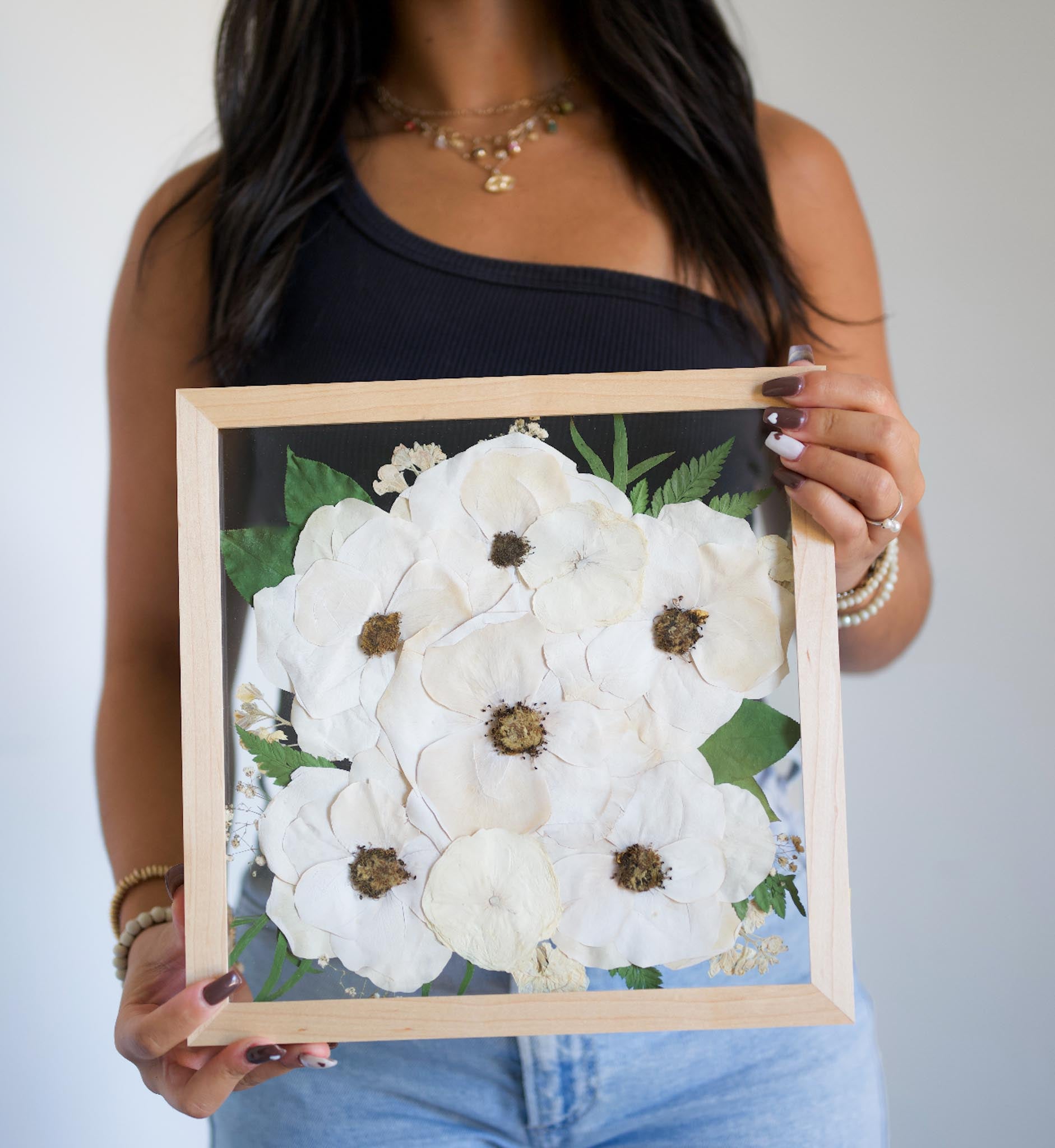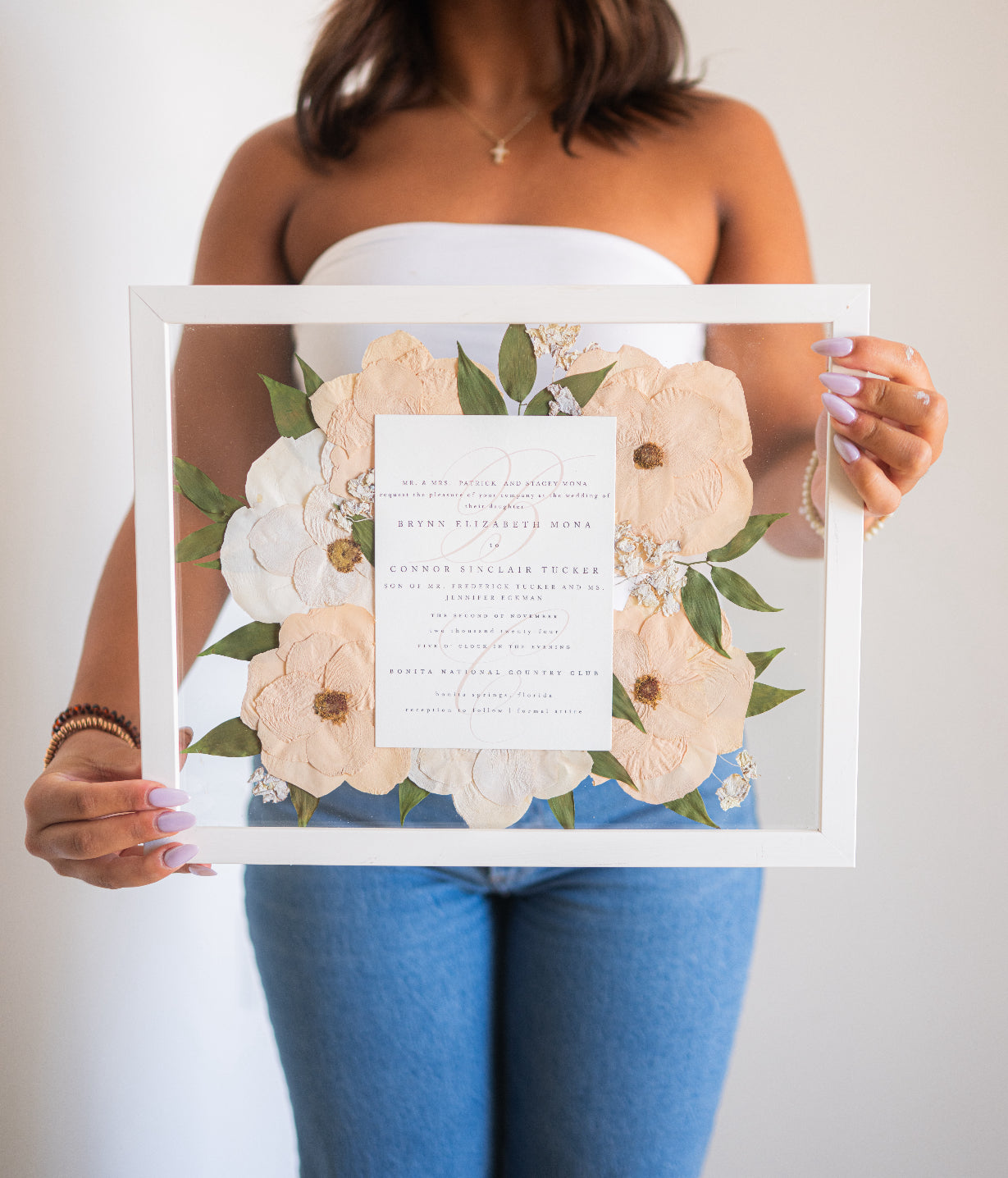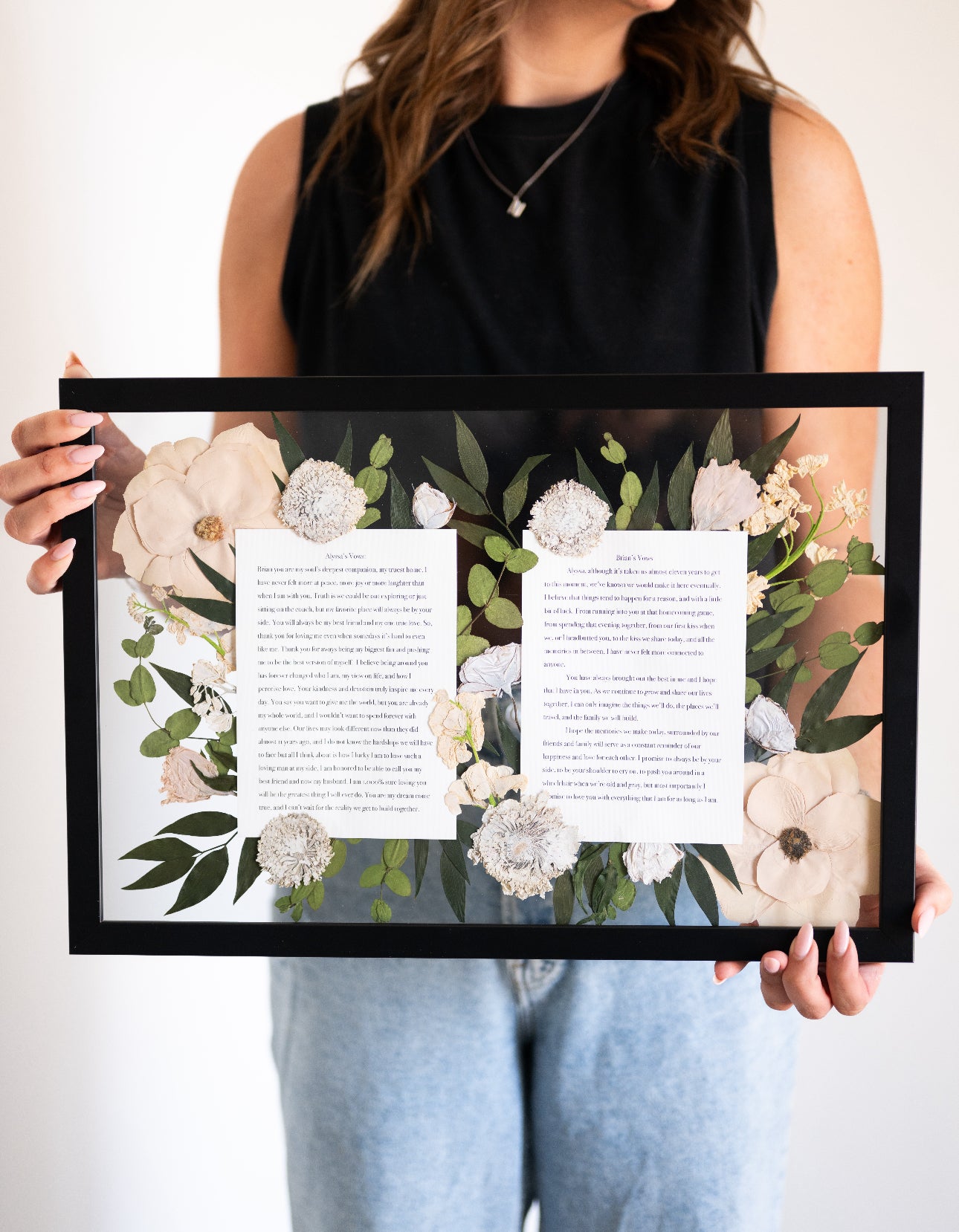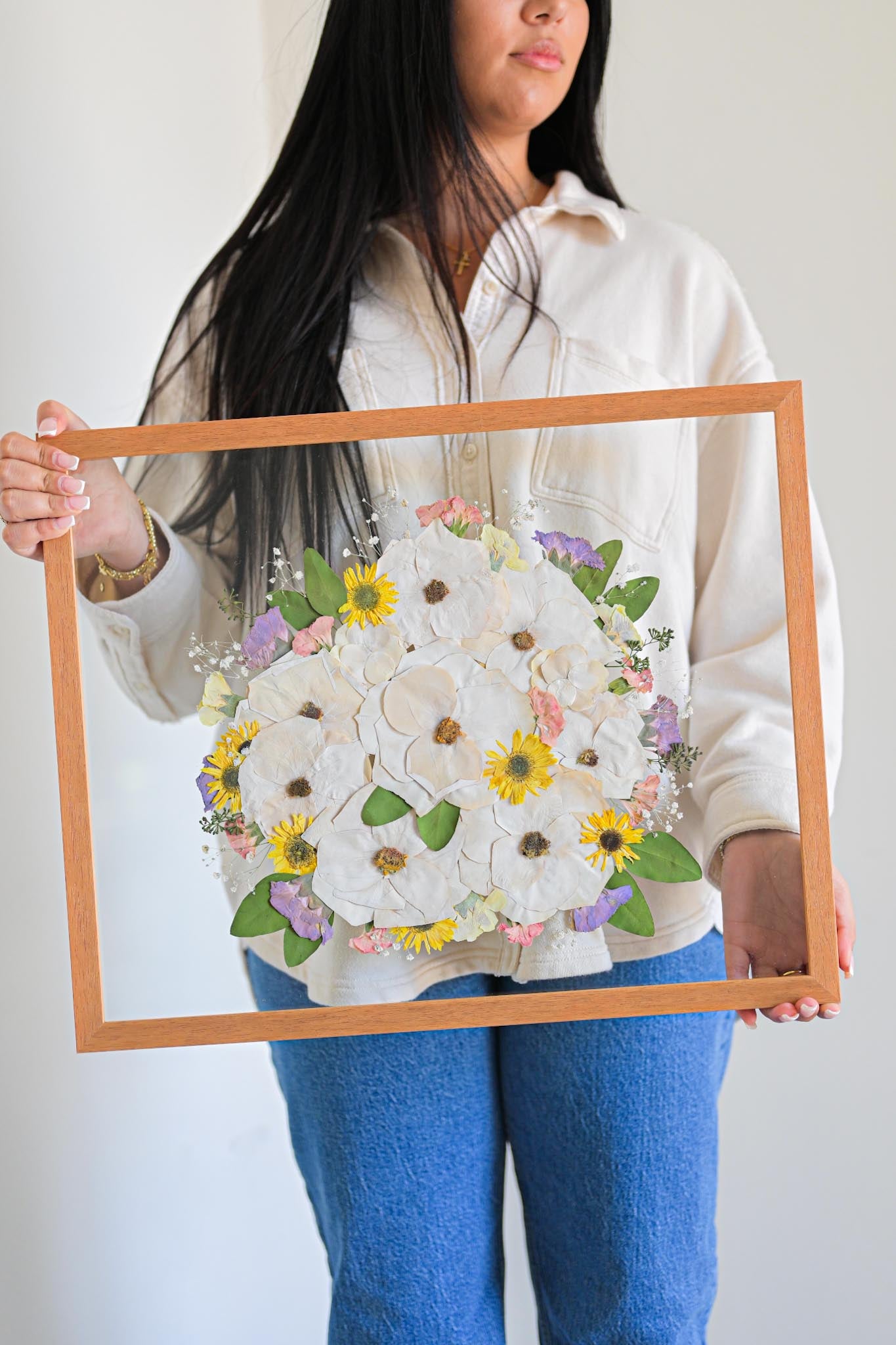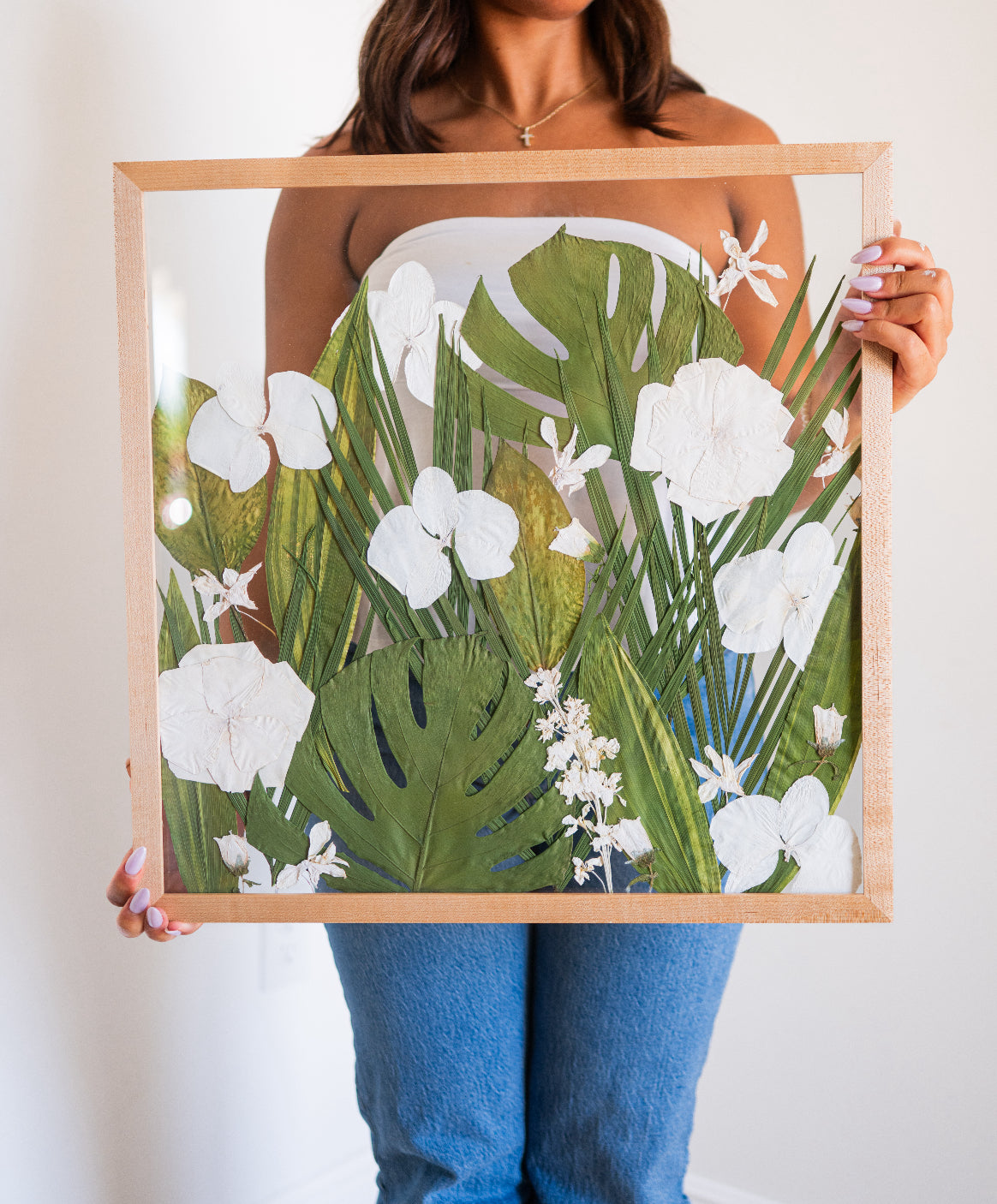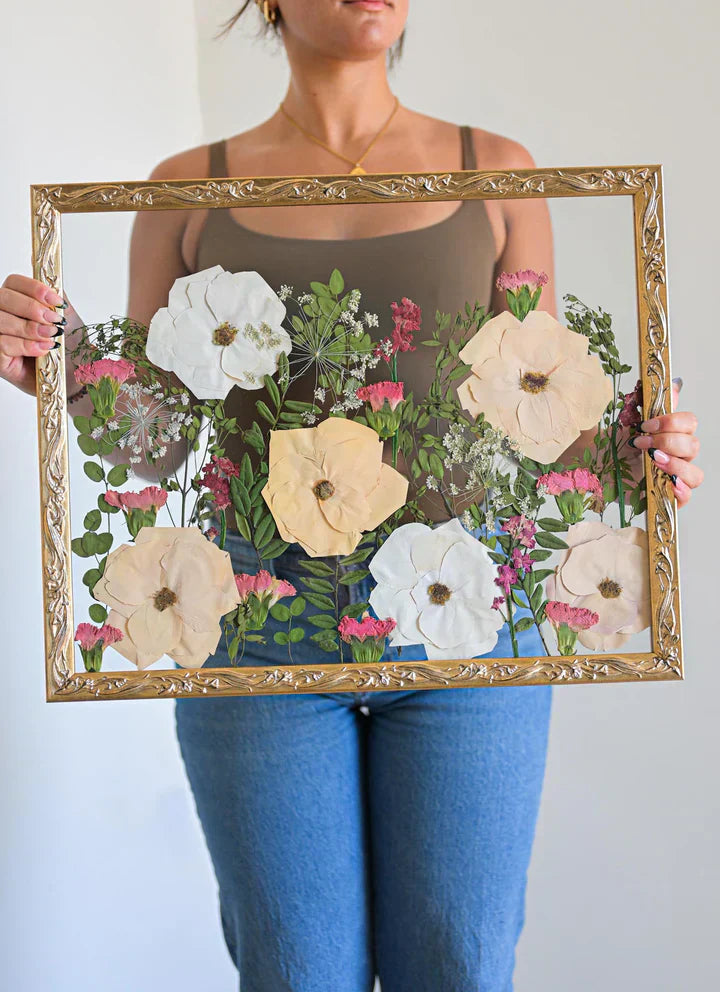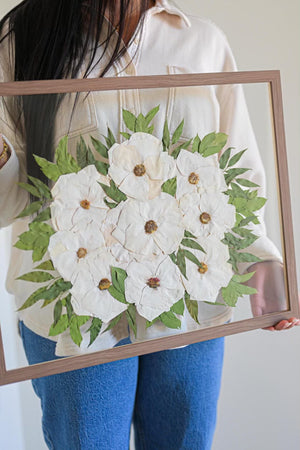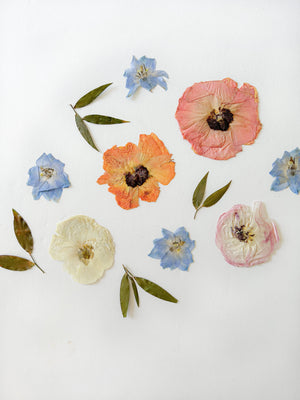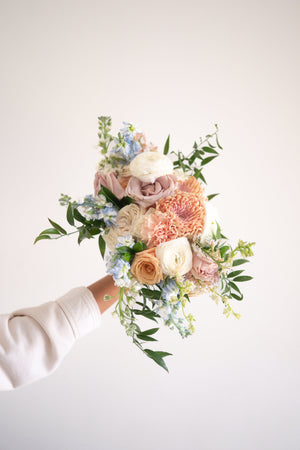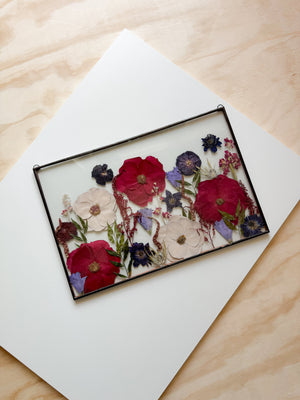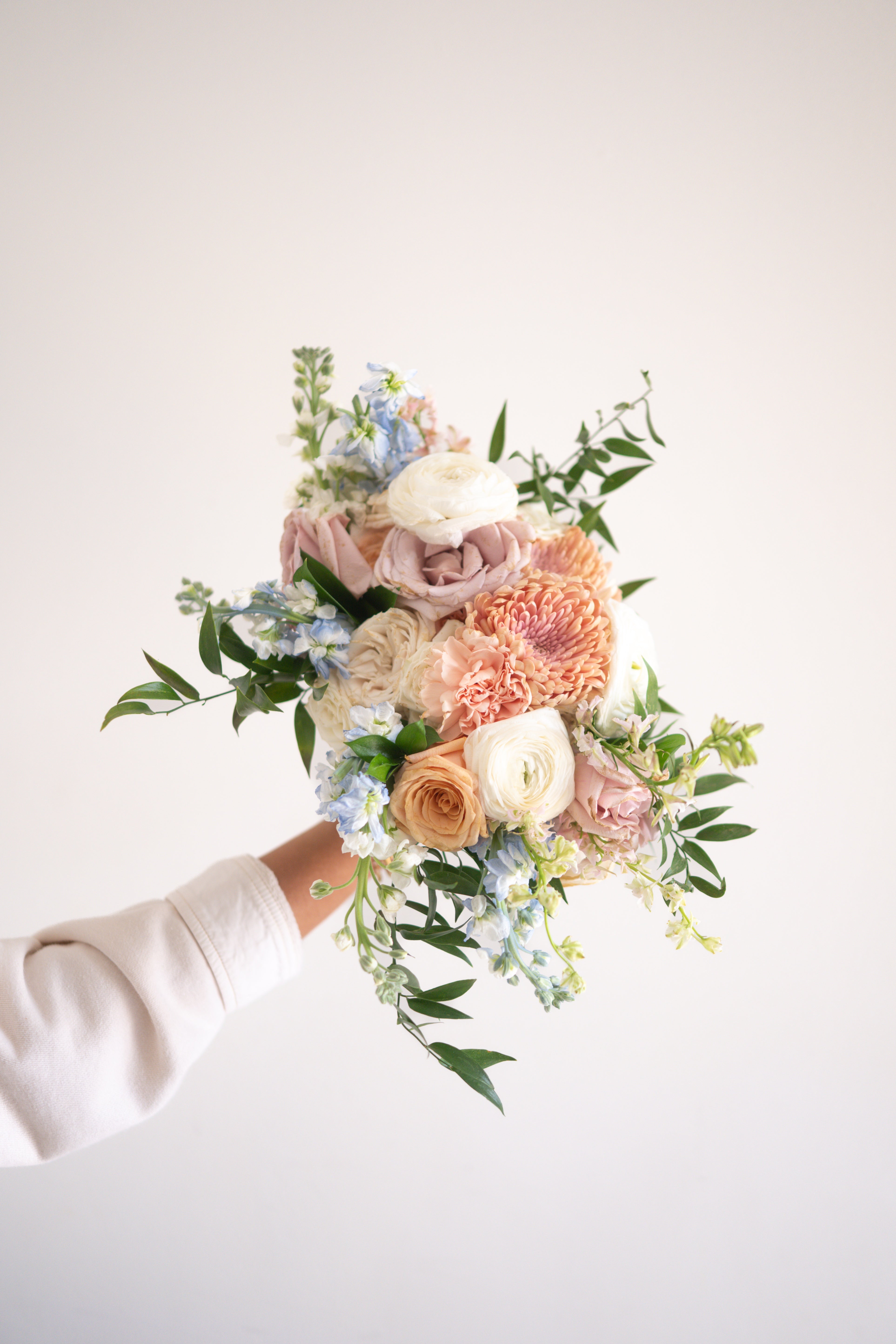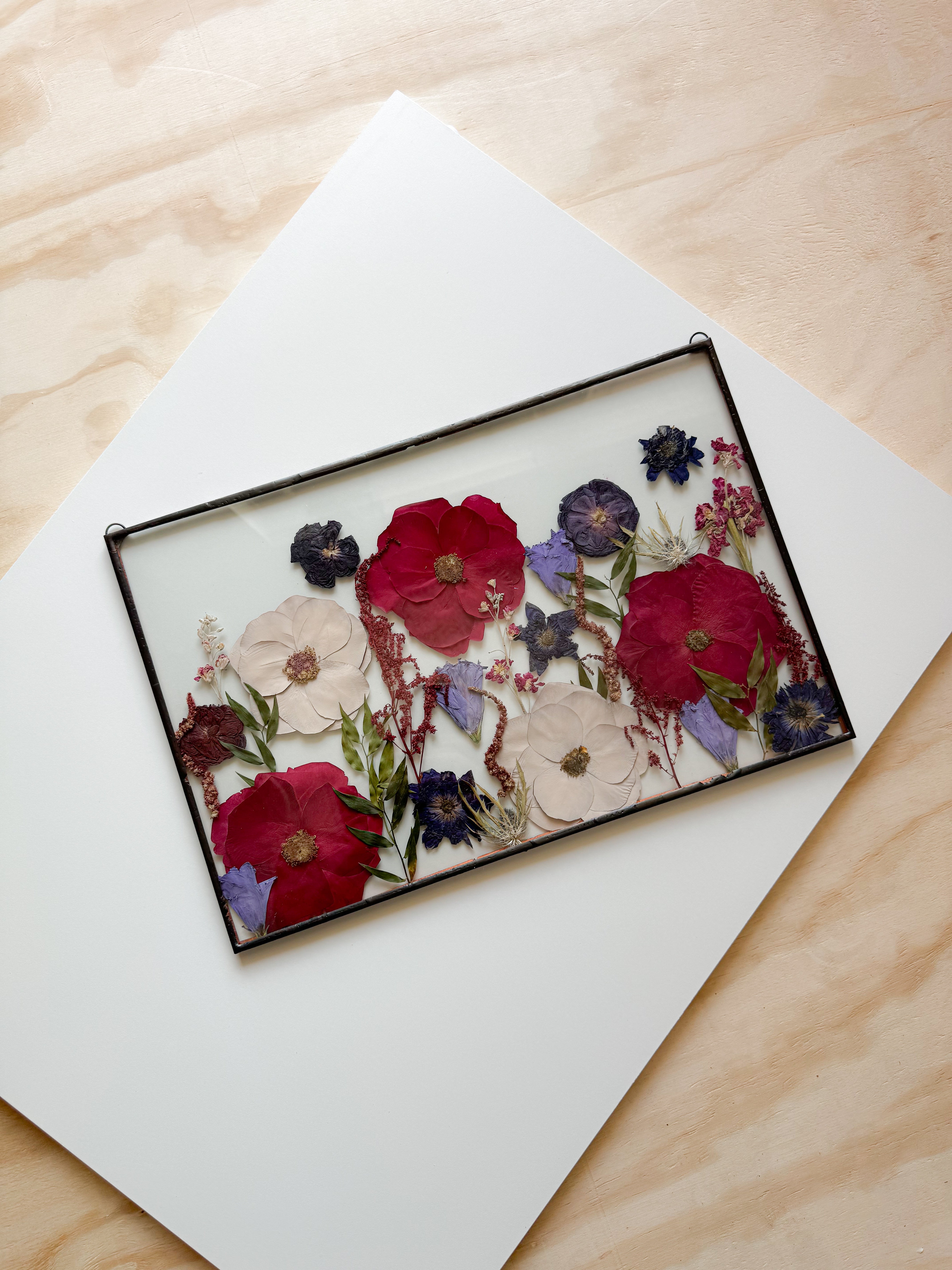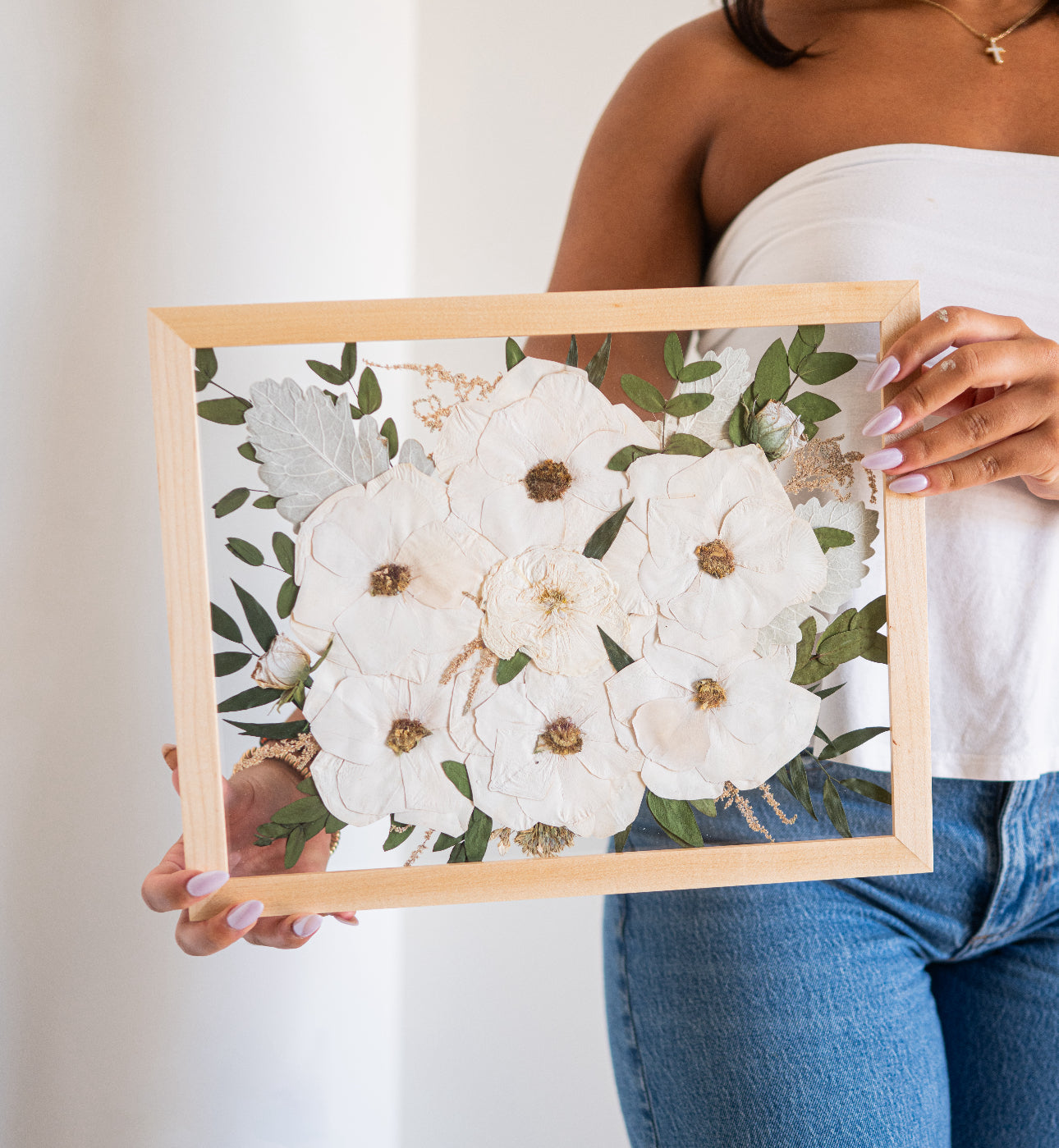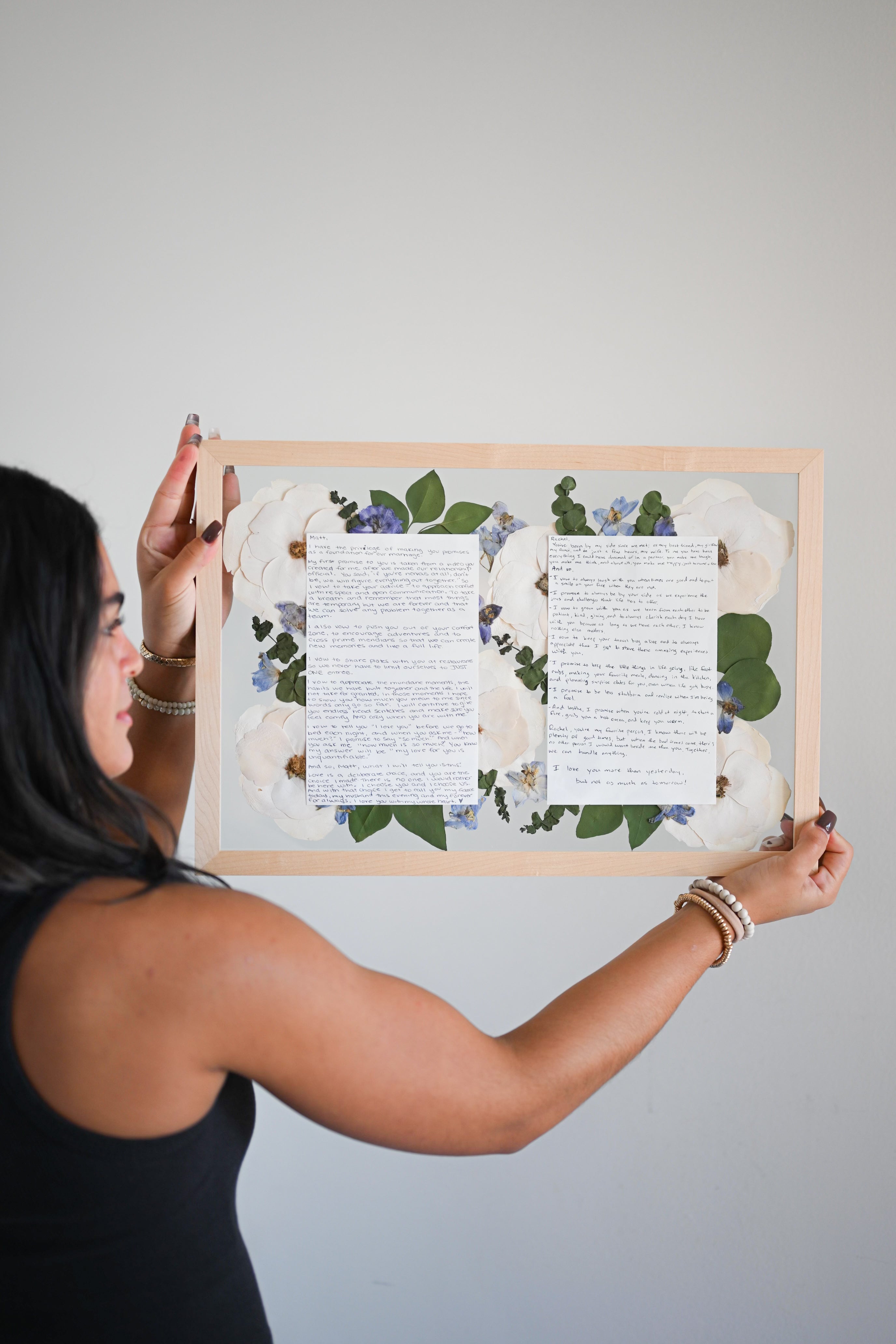Flower preservation lets you hold onto nature’s beauty long after the blooms are picked. But many people accidentally ruin their flowers by making common mistakes. Many people are unaware of the fact that different flower types demand specific preservation approaches.
Petals can lose their color when dried incorrectly, which often requires color correction to restore their beauty. Stems become brittle without proper treatment. You might be trying too hard to save wedding flowers or create pressed art. Either way, avoiding these errors matters more than you think. Because rushing the process might damage it, and using incorrect techniques might waste beautiful blooms. Plus, not preparing properly means your flowers won’t last.
This blog shows what not to do when preserving flowers and how to preserve bridal bouquets the right way. Learn how to skip common errors so your arrangements stay fresh and vibrant. Give your flowers the care they deserve, and enjoy their beauty for years to come.

The Art of Bouquet Preservation
Preserving flowers is about keeping their beauty alive long after they’re picked. It’s not just drying or pressing. It’s choosing the right method for each bloom that you want to preserve. Some flowers dry perfectly in the air, while others need other methods to hold their shape. Different flowers might need different preservation techniques, and they might also bring different results.
The key is understanding what each flower needs. Too much heat can burn petals. Too little airflow leads to mold. And rushing the process ruins colors and textures. When done right with the right technique, your preserved flowers can look almost as fresh as they appear when picked.

In sum, flower preservation isn’t just craftwork. It’s actually an art of keeping them alive that requires a balance of patience and technique. The key ingredients: skip the guesswork, be patient, and use the correct method, and your flowers will keep their charm.
6 Common Mistakes to Avoid
Below are some common pitfalls; take note of them to avoid these mistakes and achieve better results in bouquet preservation.
1. Wrong Preservation Method
Picking the wrong way to preserve your flowers is like using a hammer to fix glass. It does more harm than good.
You should know that not every flower responds well to the same technique. Some flowers (like roses or lavender) dry perfectly when hung upside down. Others (such as orchids or tulips) need other preservation techniques to keep their shape.
Pressing works best for delicate blooms (like violets), but thick flowers like sunflowers often rot instead of drying. The mistake that you must avoid is assuming one method fits all. Air-drying a water-heavy flower leads to mold. Pressing a bulky bloom crushes it. Resin can discolor certain petals if not treated first.
Figure out what method will best suit the flower you want to preserve. Additionally, research before you preserve or test a single bloom first (especially if you're DIY).
2. Wrong Timing
Timing is everything in flower preservation. Flowers need to be preserved at their freshest. Wait for too long, and they’ll lose their vibrancy forever.
Preserve flowers when they’re fully open but still firm. Roses should be processed before the petals soften. Hydrangeas work best when blooms feel crisp, not rubbery. Always work with flowers in the morning when they’re hydrated from cool night air.
Especially avoid these mistakes that almost everyone makes:
-
Letting flowers sit in a vase until they droop
-
Trying to preserve blooms that have already started wilting
-
Putting off preservation “for later” when flowers are past their prime
The path to achieving the best results from the flower preservation technique is simple: act fast. Process your flowers within a day of cutting or receiving them. Remove leaves, trim stems, and begin preserving immediately. Flowers preserved at the right moment will maintain their color and shape for years.
3. Lack of Proper Tools and Materials
Preserving flowers without the right equipment often leads to disappointing results. When drying flowers, the process requires specific conditions to be successful. You need a dark, dry space with excellent air circulation, along with clean materials for hanging the blooms.
Without these, flowers may develop mold or dry unevenly. Proper spacing between bunches is equally important to allow air to flow freely around each stem.
For pressing flowers, the quality of your materials makes all the difference. Many preservation attempts fail because of simple oversights like hanging flowers in humid areas or using inadequate pressing materials. These mistakes lead to flowers that are either misshapen or discolored.
The solution lies in preparation - gathering the proper tools before starting ensures your flowers dry or press evenly while maintaining their natural beauty. With the right setup from the beginning, you can create preserved flowers that look fresh and vibrant for years to come.
4. Ignoring Proper Storage Conditions
Even perfectly preserved flowers can be ruined by poor storage. The right environment keeps them looking fresh, while the wrong conditions undo all your careful preservation work.
Sunlight is the fastest way to destroy preserved flowers. Just a few weeks in direct light can fade vibrant colors to dull shadows. Humidity is equally damaging, causing petals to wilt or develop mold. Temperature matters too - extreme heat makes dried flowers brittle, while damp cold encourages moisture damage.
Simple changes make all the difference. Rotate displayed flowers to limit light exposure. Check stored blooms seasonally for humidity damage. With proper care, preserved flowers can last for decades rather than months.
5. Skipping Routine Maintenance
Preserved flowers need regular care to stay beautiful. Many people forget that even after preservation, flowers still require attention to maintain their appearance. Without proper maintenance, dust accumulates, colors fade, and petals become brittle over time.
Dust is the silent enemy of preserved arrangements. It settles on petals and leaves, dulling their natural shine. A soft brush or gentle blast of cool air from a hairdryer can remove this buildup without damage. Humidity and temperature changes also affect preserved flowers. Too much moisture in the air can cause stems to soften, while dry conditions make petals fragile.
Regular checks prevent bigger problems. Look for early signs of fading or mold, especially in humid seasons. Rotate displayed flowers to ensure even exposure to light. Simple actions like these keep preserved arrangements looking fresh for years, not just months. Proper maintenance protects your investment of time and care put into preservation.
Conclusion
Flower preservation is an art that rewards patience and precision. As we’ve explored, avoiding common mistakes (from choosing the wrong method to neglecting maintenance) makes all the difference between fleeting beauty and lasting elegance. Whether you’re preserving a bridal bouquet or garden blooms, remember: act quickly, use the right tools, and protect your flowers from light and humidity.
At The Olive Branch Studios, we transform your precious floral memories into timeless keepsakes with expert care. Serving Orlando and beyond, our specialized techniques for flower preservation in Orlando ensure your flowers retain their vibrancy for years.
Explore our FAQs to learn more about the process, or visit our gallery to see real examples of preserved arrangements. Ready to get started? Contact us today and give your flowers the care they deserve.


